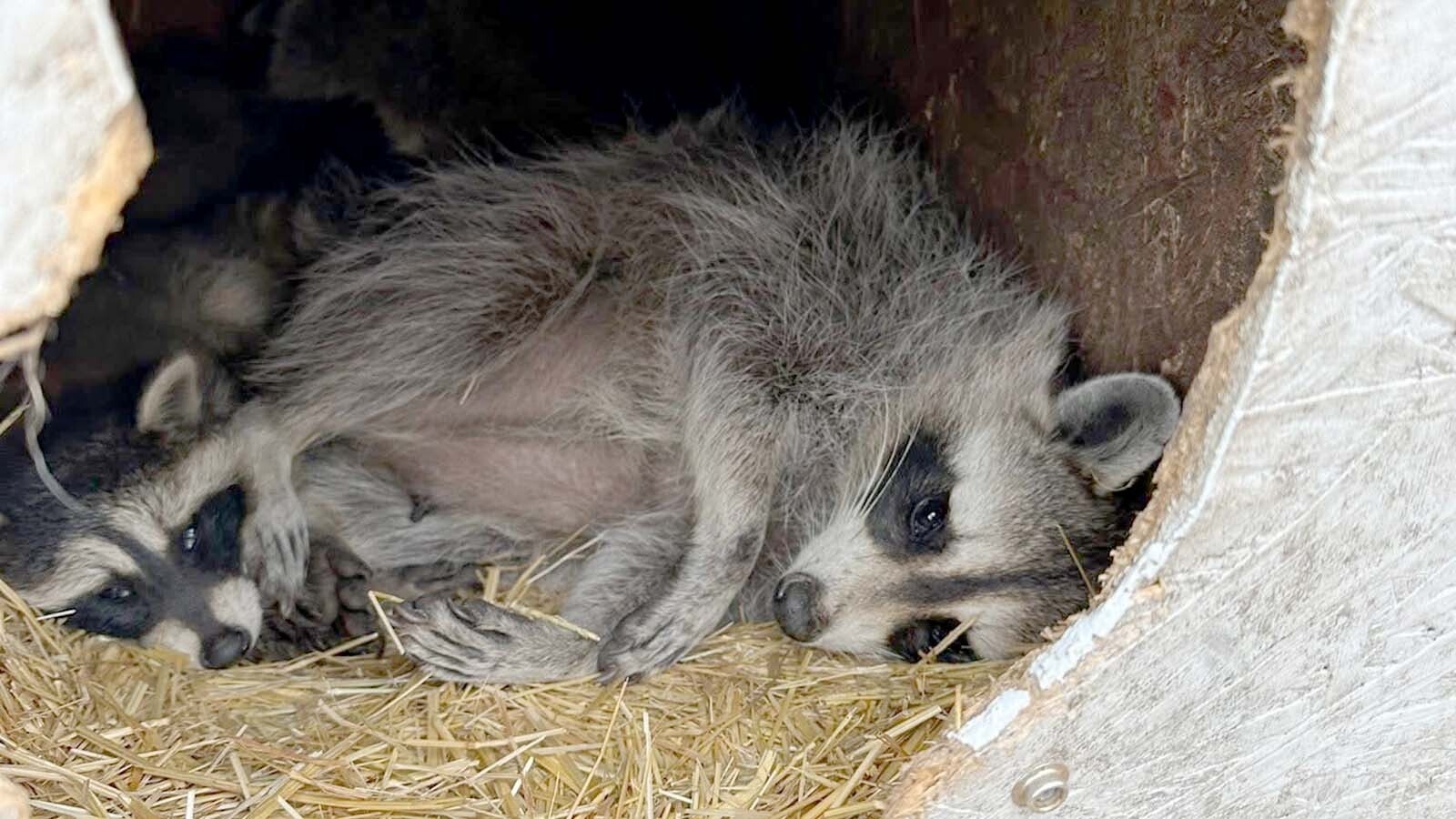Mountain lions have been expanding their range into the Great Plains states for more than 20 years, but that migration seems to be picking up steam.
Increasing numbers of mountain lion sightings in Kansas and verified reports of kittens born in Oklahoma show that the big cats’ range isn’t limited by their name.
Nebraska has a well-established mountain lion population with hunting seasons for the big cats.
Even so, don’t expect to see bunches of mountain lions wandering together on America’s open prairies like prides of lions on the Serengeti in Africa.
Regardless of habitat, mountain lions are still mostly solitary and like to ambush their prey from hiding spots.
In the Great Plains states, they’re settling in places such as rugged, forested bluffs or river breaks with steep ravines and thick cover.
“Mountain lions are extremely adaptive and prairie habitat is usually more what we would consider dispersal habitat. They're usually associated with some sort of topography that assists them with their stalk-and-ambush predation strategy,” Wyoming Game and Fish Large Carnivore Specialist Dan Thompson told Cowboy State Daily.
Great Plains Getting Wilder
The mountain lions’ push into the prairie states is part of a larger movement of species that were driven back into the mountains as the West was settled. Now they are steadily reclaiming prairie areas across the Great Plains.
That includes grizzlies in Montana pushing as far east as the Missouri Breaks and elk with Wyoming DNA reestablishing herds in Nebraska.
At one time, there were mountain lions — also called cougars, panthers or catamounts — all over the country.
“Mountain lions used to roam across the entire Lower 48, although we don't have an idea as to what relative densities were in some of those prairie habitats,” Thompson said.
Nebraska Has Three Main Populations
In Nebraska, mountain lions are plentiful in three places, said Kent Fricke, assistant division administrator with the Nebraska Game and Parks Commission.
Those include the Pine Ridge region in the northern panhandle, the Wildcat Hills in the southern panhandle, and along the Niobrara River, which runs across the northern part of the state.
The first two areas are “ponderosa pine-dominated, with rugged buttes and bluffs, not what people typically think of when they think of Nebraska,” he told Cowboy State Daily.
The Niobrara River country is “more typical, using air quotes here, ‘prairie habitat,’” he said.
Even so, mountain lions rarely stray more than a mile from riparian river zones and out into the prairie grasslands, Fricke added.
There’s evidence that mountain lions have been pushing eastward along the river, though it’s not known whether they’ve gotten as far as the confluence of the Niobrara and Missouri rivers.
It’s “typically young males” that wander the farthest, Fricke said.
Though Nebraska shares a long state line with Kansas, it’s not likely that many of the mountain lions popping up in Kansas came from Nebraska, he said.
Most of the country along the Nebraska-Kansas state line doesn’t have the river bottoms that mountain lions prefer to move through, he said.
Instead, it’s more likely that the Kansas mountain lions came from Colorado.
Dinnertime On The Great Plains
Nebraska has plenty of prey animals for mountain lions to feast on, Fricke said.
In western Nebraska, there are the aforementioned elk, as well as mule deer, white-tailed deer and even some bighorn sheep, he said.
Farther to the east, the menu changes to white-tailed deer and an array of smaller animals.
Mountain lions are adaptable eaters, Thompson said.
“Their primary prey would likely be deer, but we also documented a higher prevalence of smaller prey items in agricultural habitats of the Dakotas — badgers, beavers, porcupines, etc,” he said. “They are very adaptable and adept as a species.”
The Big Cats Will Keep Moving
Mountain lions have been pushing out in all directions for years, Thompson said.
“We've documented mountain lions dispersing into the Midwest since at least the early 2000s,” he said.
“Nebraska was likely recolonized from the Black Hills and the Laramie Range more recently, based on genetic analyses. We have documented them dispersing west into Wyoming from Nebraska and vice versa,” Thompson added.
Once mountain lions get moving, they really like to rack up the miles.
“They have the ability to move great distances while dispersing, especially into these recolonization areas,” he said. “We documented dispersal from the Black Hills to Nebraska, Minnesota, North Dakota, Oklahoma, Montana, Wyoming, Colorado and Canada. That was just from animals collared in the Black Hills.”
Mark Heinz can be reached at mark@cowboystatedaily.com.





